PPT-Software II: Principles of Programming Languages
Author : olivia-moreira | Published Date : 2016-05-23
Lecture 4 Language Translation Lexical and Syntactic Analysis The Compiling Process Source Code Assembler version Object Module Compiler Linker Executable version
Presentation Embed Code
Download Presentation
Download Presentation The PPT/PDF document "Software II: Principles of Programming L..." is the property of its rightful owner. Permission is granted to download and print the materials on this website for personal, non-commercial use only, and to display it on your personal computer provided you do not modify the materials and that you retain all copyright notices contained in the materials. By downloading content from our website, you accept the terms of this agreement.
Software II: Principles of Programming Languages: Transcript
Download Rules Of Document
"Software II: Principles of Programming Languages"The content belongs to its owner. You may download and print it for personal use, without modification, and keep all copyright notices. By downloading, you agree to these terms.
Related Documents

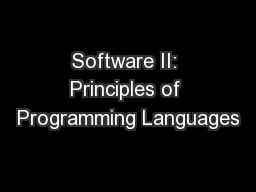
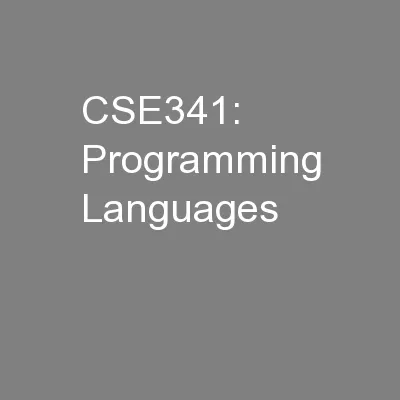
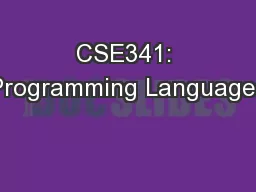
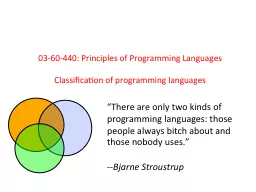
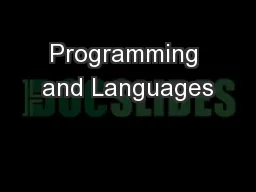

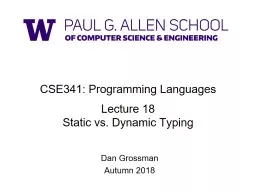
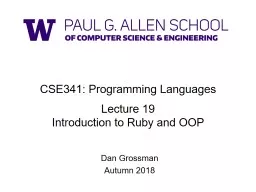
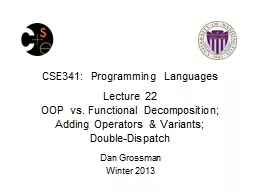
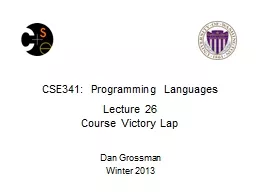
![[BEST]-Programming 11:C Programming Success in a Day & Rails Programming Professional](https://thumbs.docslides.com/980146/best-programming-11-c-programming-success-in-a-day-rails-programming-professional-made-easy-c-programming-c-programming-c-programming-language-rails-android-programming-ruby-rails-php-css.jpg)
![[PDF]-Programming 3: Python Programming Professional Made Easy & C Programming Success](https://thumbs.docslides.com/980147/pdf-programming-3-python-programming-professional-made-easy-c-programming-success-in-a-day-c-programming-c-programming-c-programming-language-html-python-programming-python-java-php.jpg)